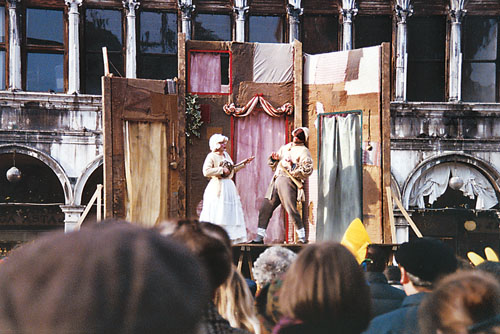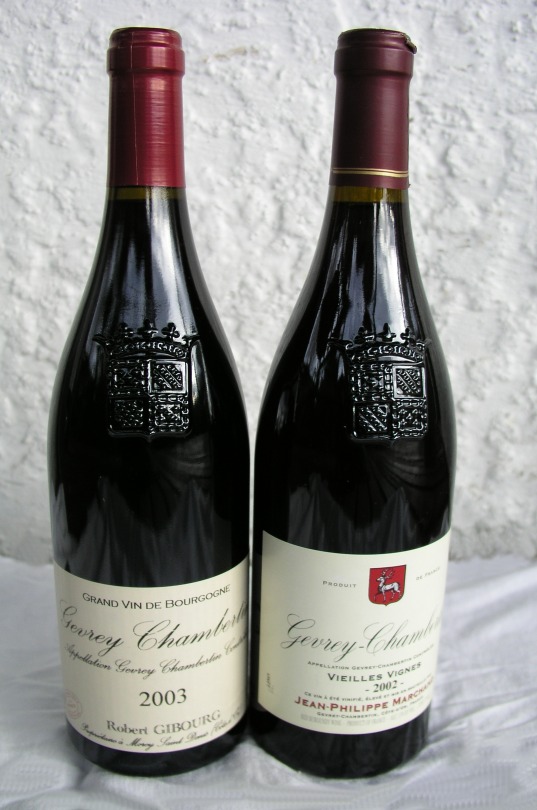|
Mezzettino
Mezzetino, also Mezzettino, (Pron. ''met-zeh-TEE-no'') is a character from the ''commedia dell'arte'' and is considered by Duchartre to be a variant on the stock character Brighella. His name means "Half-Measure (of liquor)" in Medieval Italian, and he is sometimes called in French and English plays "Mezzetin". He first appeared in the 16th century. Mezzetino is an adept schemer and trouble-maker, willing to commit acts of violence if necessary, but on the whole a little calmer than his brother Brighella, and much more gentle and cultivated, especially in his later life. He is often very musically inclined, and can sing and dance with skill. His character can vary greatly: he can be a loyal servant or simply scheming for his master's downfall; he can be a deceitful husband or be deceived by his wife. He also seems to be rather more interested in the ladies than is Brighella, often coming over as rather creepy in his efforts to flirt. His costume has gone through similar variat ... [...More Info...] [...Related Items...] OR: [Wikipedia] [Google] [Baidu] |
Zanni
Zanni (), Zani or Zane is a character type of commedia dell'arte best known as an astute servant and a trickster. The Zanni comes from the countryside and is known to be a "dispossessed immigrant worker".Rudlin, John. ''Commedia dell'arte: An Actors Handbook''. London: Routledge, 1994. 67. Print."Immigrant" in Italy at the time of the city-states did not mean someone from outside of Italy but rather someone from outside the city, an itinerant worker. Through time, the Zanni grew to be a popular figure who was first seen in ''commedia'' as early as the 14th century. The English word '' zany'' derives from this person. The longer the nose on the characters mask the more foolish the character. Origin of the name The name ''Zanni'' (as well as ''Zuan'') is a variant of the name ''Gianni'' and was common in the Lombard-Venetian countryside which provided most of the servants to the wealthy nobles and merchants of Venice. In Italian it is specifically a name of someone whose identity ... [...More Info...] [...Related Items...] OR: [Wikipedia] [Google] [Baidu] |
Commedia Dell'arte
(; ; ) was an early form of professional theatre, originating from Italian theatre, that was popular throughout Europe between the 16th and 18th centuries. It was formerly called Italian comedy in English and is also known as , , and . Characterized by masked "types", was responsible for the rise of actresses such as Isabella Andreini and improvised performances based on sketches or scenarios. A , such as ''The Tooth Puller'', is both scripted and improvised. Characters' entrances and exits are scripted. A special characteristic of is the , a joke or "something foolish or witty", usually well known to the performers and to some extent a scripted routine. Another characteristic of is pantomime, which is mostly used by the character Arlecchino, now better known as Harlequin. The characters of the usually represent fixed social types and stock characters, such as foolish old men, devious servants, or military officers full of false bravado. The characters are exaggerat ... [...More Info...] [...Related Items...] OR: [Wikipedia] [Google] [Baidu] |
Brighella
Brighella (in Bergamasque dialect: ''Brighèla'') is a comic, masked character from the Italian theatre style Commedia dell'arte. His early costume consisted of loosely fitting, white smock and pants with green trim and was often equipped with a ' (also ' or ', depending on region) or slap stick, or else with a wooden sword. Later he took to wearing a sort of livery with a matching cape. He wore a greenish half-mask (traditionally olive-green) displaying a look of preternatural lust and greed. It is distinguished by a hook nose and thick lips, along with a thick twirled mustache to give him an offensive characteristic. He evolved out of the general Zanni, as evidenced by his costume, and came into his own around the start of the 16th century. He is loosely categorized as one of the ''zanni'' or servant characters though he often was portrayed as a member of the middle class such as a tavern owner: his character could be adapted to whatever the needs to the scenario might be, j ... [...More Info...] [...Related Items...] OR: [Wikipedia] [Google] [Baidu] |
Jean-Antoine Watteau - Mezzetin
Jean Antoine is a French given name. Notable people with the name include: * Jean-Antoine Alavoine (1778–1834), French architect * Jean Antoine de Baïf (1532–1589), French poet * Jean-Antoine Carrel (1829–1891), Italian mountain climber * Jean-Antoine Chaptal (1756–1832), French chemist, physician and politician * Jean-Antoine Constantin (1756–1844), French painter * Jean-Antoine Courbis (1752–1795), French lawyer and revolutionary * Jean-Antoine Dubois (1765–1848), French Catholic missionary in India * Jean-Antoine Gleizes (1773–1843), French writer and advocate of vegetarianism * Jean-Antoine Gros (1740–1790), French painter * Jean-Antoine Houdon (1741–1828), French neoclassical sculptor * Jean-Antoine Lépine (1720–1814), French watchmaker * Jean-Antoine Letronne (1787–1848), French archaeologist * Jean-Antoine Marbot (1754–1800), French general and politician * Jean-Antoine Morand (1727–1794), French architect and urban planner * Jean-Antoin ... [...More Info...] [...Related Items...] OR: [Wikipedia] [Google] [Baidu] |
Livery
A livery is an identifying design, such as a uniform, ornament, symbol or insignia that designates ownership or affiliation, often found on an individual or vehicle. Livery will often have elements of the heraldry relating to the individual or corporate body feature in the livery. Alternatively, some kind of a personal emblem or badge, or a distinctive colour, is featured. The word itself derives from the French ''livrée'', meaning ''dispensed, handed over''. Most often it would indicate that the wearer of the livery was a servant, dependant, follower or friend of the owner of the livery, or, in the case of objects, that the object belonged to them. In the late medieval phenomenon of bastard feudalism, livery badges worn by the "retainers" of great lords, sometimes in effect private armies, became a great political concern in England. Etymology "In the ''Black'' Book of 1483, it was laid down that each person should receive "... for his Livery at night, half a chet loaf, on ... [...More Info...] [...Related Items...] OR: [Wikipedia] [Google] [Baidu] |
Burgundy (color) Burgundy is a dark red-purplish color. The color burgundy takes its name from the Burgundy wine in France. When referring to the color, "burgundy" is not usually capitalized. The color burgundy is similar to Bordeaux (#4C1C24), Merlot (#73343A), Berry (#A01641), and Redberry (#701f28). Burgundy is made of 50% red, 0% green, and 13% blue. The CMYK percentages are 0% cyan, 100% magenta, 75% yellow, 50% black. The first recorded use of "burgundy" as a color name in English was in 1881. __TOC__ Variations Vivid burgundy In cosmetology, a brighter tone of burgundy called vivid burgundy is used for coloring hair. Old burgundy The color ''old burgundy'' is a dark tone of burgundy. The first recorded use of ''old burgundy'' as |


